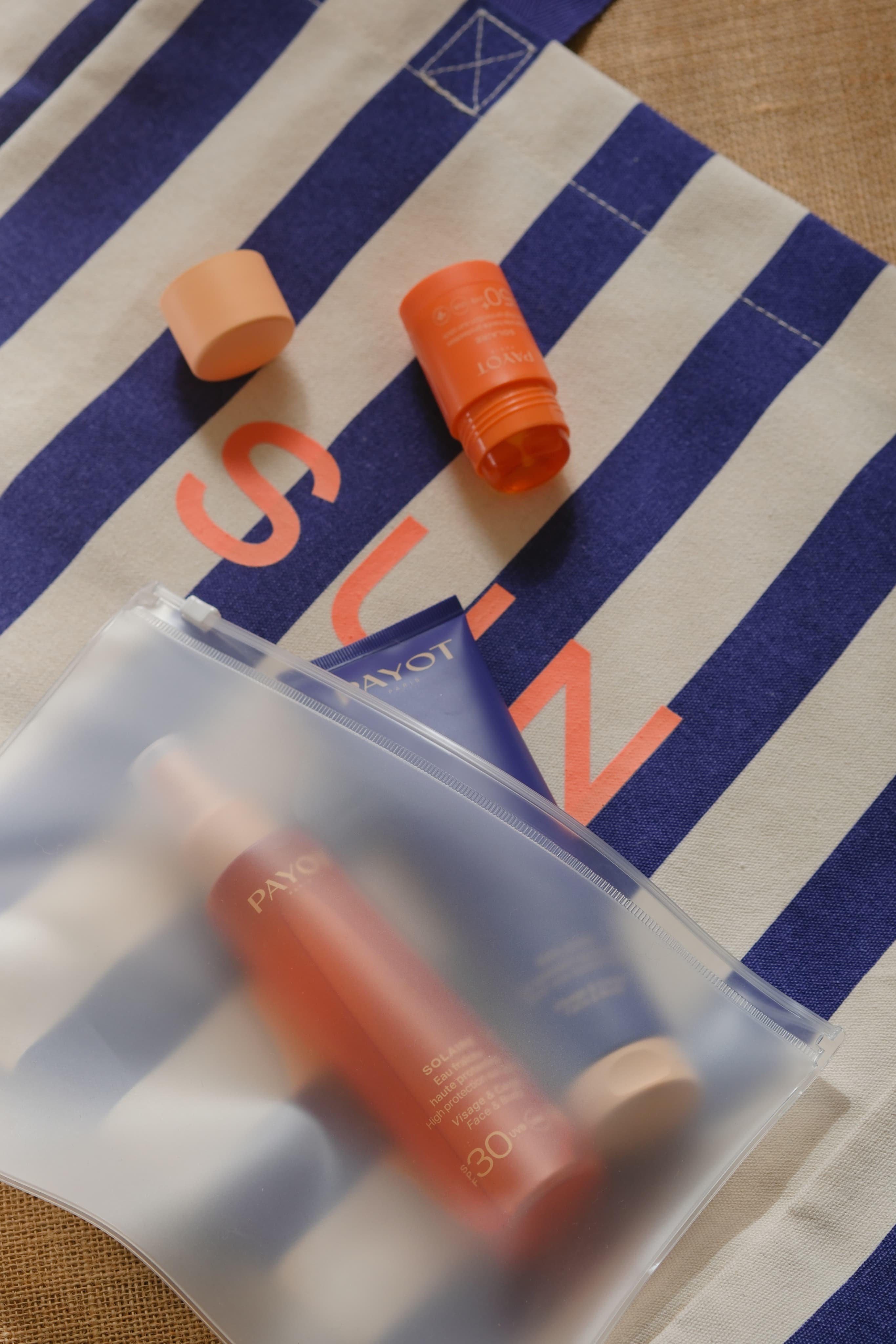Just like the rest of our body, our skin changes over time: cell renewal becomes slower, fine wrinkles appear at the corners of the eyes, mouth, and forehead, and little by little the face appears more hollow and lacks density; this is what we call skin aging.
While this natural phenomenon, which begins between the ages of 20 and 30, is inevitable, it's possible to slow down the process by adopting a suitable routine. Discover our experts' recommendations.
What is skin aging?
Over time, the skin cell renewal cycle lengthens and the production of new cells decreases, a condition known as senescence. Among these cells, the number of fibroblasts present in the skin has a particular impact on the skin. Indeed, these connective tissue cells are responsible for the production of one of the most important proteins for our skin: collagen.
Essential for maintaining the elasticity of the skin, the depletion of this protein leads to a relaxation of the tissues and the thinning of the skin which becomes fragile and marks more easily, contributing to the appearance of wrinkles and a loss of firmness.
While skin aging is often linked to genetics and skin type, certain factors contribute to the premature appearance of certain signs such as wrinkles and fine lines, for example.
What are the signs of skin aging?
Although fine lines and wrinkles are the most well-known signs of skin aging, there are other markers such as loss of volume (cheeks and eyes appear to hollow), elasticity (giving the impression that the skin is sagging) or even the appearance of pigment spots on the skin (most often on areas particularly exposed to the sun such as the face, décolleté and hands.
Is the sun responsible for premature aging?
It cannot be stressed enough that while the sun is beneficial, it is also the cause of many skin cancers, and sun exposure is by far the leading cause of premature skin aging. This phenomenon, known as “photoaging,” is linked to sun damage to the skin.
Indeed, while it's pleasant to enjoy the first rays of sunshine, UV rays are directly absorbed by the skin and damage cellular DNA, creating irreparable damage. To prevent this, there's only one solution: limit your direct sun exposure and apply appropriate sunscreen to prevent UVA rays from penetrating the skin.
Furthermore, prolonged unprotected sun exposure can also cause pigment spots to appear on the skin. These small spots are the result of increased activity of certain melanocytes.
These cells are responsible for the production of melanin, a pigment present in the skin that is activated during sun exposure to protect the skin from burns, those famous sunburns that we all know, with age or increased sun exposure, they are activated in small areas, creating these spots.
Which sunscreen should I use?
The higher the SPF, the more protection your skin receives. SPF 30 or 50 provides high protection, while SPF 50+ provides very strong protection and is particularly suitable for children and those with light or sensitive skin.
While it is important to apply sunscreen before any exposure, it is also essential to reapply sunscreen regularly. We recommend reapplying your sunscreen every two hours in case of direct exposure.
When applying sunscreen to your face, especially if you wear makeup, be sure to double cleanse in the evening to unclog your pores.
Indeed, without proper cleansing, residue from sunscreen, makeup or even pollution can clog pores, dull the complexion and cause imperfections to appear.
Our recommendation: The Very High Protection Stick SPF 50+ for the face, you will particularly appreciate its water-resistant formula and its stick format, easy to apply and carry for touch-ups throughout the day. For the body, the Eau Fraiche High Protection SPF30 which can be applied even on wet skin.

